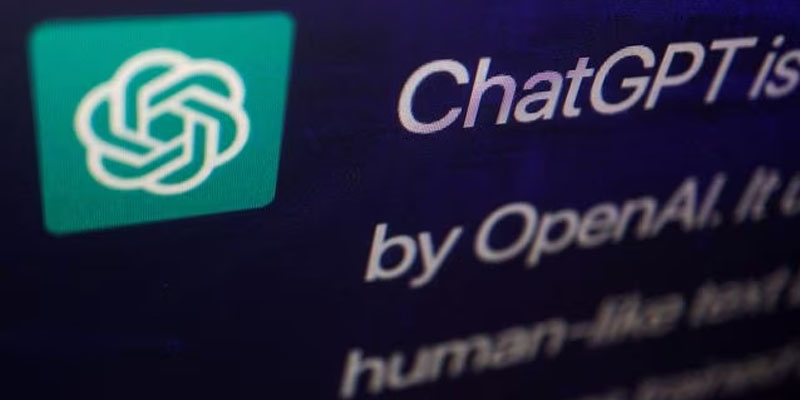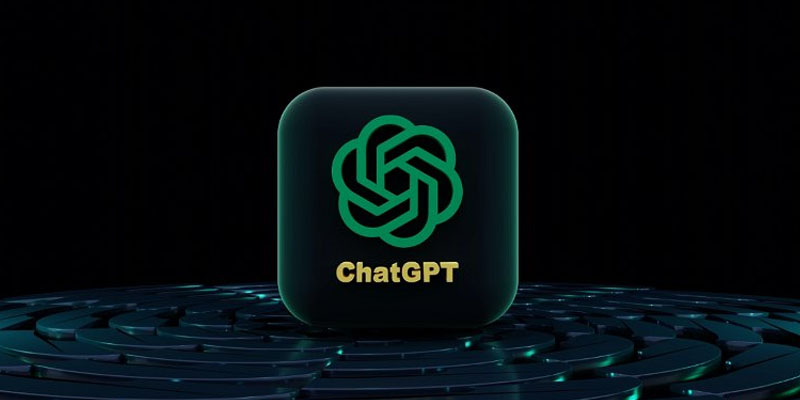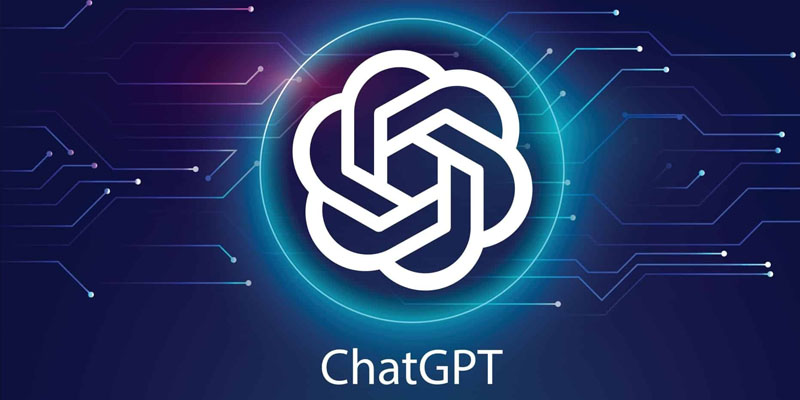GPT-4, have you heard of it? It’s the most recent language model for OpenAI’s natural language chatbot, and it’s considered to be far superior to GPT 3.5, which is currently accessible on ChatGPT. But how much better is it, and what makes it stand out?
That’s what we’re here to find out, through a straight head-to-head comparison of these two interesting, but very different, language models. Finally, we’ll determine whether it’s worth it to pay more for a ChatGPT Plus subscription or whether it’s preferable to just use GPT-4 for free.
What are ChatGPT 4.0 vs 3.5?

GPT-3.5 and GPT-4 are both natural language models that are used by OpenAI’s ChatGPT and other AT chatbots to create human-like interactions. They may reply to stimuli like queries or requests and deliver replies that are extremely close to real people.
They can both pass examinations that most people would fail, including hard legal bar exams, and they can write in the style of any writer with publicly available work.
However, because GPT-4 is the newer of the two models, it comes with many updates and improvements that OpenAI feels are worth keeping behind a paywall now.
How can you use ChatGPT 4.0 vs 3.5?
On the OpenAI website, GPT-3.5 is completely available as part of ChatGPT. You’ll need an account to get in, but it’s completely free, and you can talk with ChatGPT as often as you like, as long as the servers aren’t overcrowded. GPT 3.5 is also used by a variety of other chatbots that are widely available across sites and services.
GPT-4, on the other hand, is a little more hard to find. It’s available through the OpenAI website as part of the ChatGPT Plus membership. It’s $20 a month, but you’ll also get priority access to ChatGPT, so you’ll never be too busy to chat.
There are other free methods to use GPT-4, such as Bing Chat, however, those sources typically have a limited number of questions or do not always use GPT-4 due to restricted availability.
What’s the difference between GPT 3.5 and GPT-4?
GPT 3.5 was trained on data, giving it the capacity to examine 175 billion factors depending on the query. This gave it outstanding verbal talents and allowed it to answer inquiries in a very human-like manner.
GPT-4, on the other hand, is built on far more training data and can eventually examine over 1 trillion factors while making decisions. GPT-4 was also trained using human and AI input for an additional six months after GPT-3.5, so it has received more corrections and ideas for improvement.
GPT 4 is also trained on more recent data. While GPT 3.5 was limited to information before June 2021, GPT-4 was trained on data up to September 2021, with some chosen material from beyond that date, making its replies a bit more current.
All of this gives GPT-4 a far stronger capacity to generate good replies that are both more accurate and less susceptible to what OpenAI calls “hallucinations.” That implies it shouldn’t make up facts as frequently and will easily admit when it doesn’t know the answer to anything.
GPT-4 also has numerous additional precautions that OpenAI implemented to make it less likely to produce potentially dangerous or illegal replies. GPT-4, according to OpenAI, is “82% less likely to respond to requests for disallowed content.” There are still techniques to jailbreak ChatGPT, but it’s far more adept at avoiding them.
OpenAI also made significant strides to improve information synthesis with GPT-4. As a result, it is better equipped to interpret prompts with various elements to consider.
You can ask it to consider numerous sources of information or to approach an issue from multiple perspectives. This is also evident in GPT-4’s creative efforts, where asking it to develop an original tale results in something far more realistic and cohesive.
GPT-3.5 has a penchant for dropping threads in the middle of stories or offering ridiculous proposals for characters, who are either physically or canonically impossible.
Another notable feature of GPT-4 is its enhanced context window. It now can remember more information from your chats, allowing it to enhance replies depending on your conversation. This equates to around 25,000 words of context for GPT-4, but GPT-3.5 is limited to only 3,000 words.
However, due to the increased knowledge and bigger context window, GPT-4’s reactions are slower. GPT-3.5 normally responds in its entirety in seconds, but GPT-4 may take a minute or more to generate longer answers.
- Maybe you will be interested: Chat GPT 4: How To Use, New Features, Availability, And More
Advanced programming

One of the most intriguing aspects of GPT-3.5 is its capacity to create code. However, it wasn’t excellent at iterating on it, thus programmers trying to save time by using ChatGPT and other AI tools typically spent more time fixing it than if they’d just written the code themselves.
GPT-4, on the other hand, is far superior in terms of both early understanding and capacity to develop the code you want.
GPT-4 may respond to commands such as “improve performance” or “this code gives me error X, can you fix it?” GPT-3.5 would not have completely comprehended such instructions, but GPT-4 can and will successfully respond to them, allowing it to improve its own replies in future efforts. GPT-4’s capacity to be given initial tasks beyond the intended purpose is a great improvement.
The ability of understand images
GPT-3.5 is mostly a text-based tool, however GPT-4 can understand graphics. If you give it a photo, it can explain what’s in it, understand the context, and offer recommendations based on it.
As a result, some people are using GPT-4 to create food suggestions based on images of their refrigerators. People also use GPT-4 to create a website based on a quick sketch.
Some people have even begun to integrate GPT-4 with other AIs, such as Midjourney, to create totally new AI art based on the prompts generated by GPT-4 itself.
Conclusion
In conclusion, while both ChatGPT 4.0 vs 3.5 are web programs developed for chatbot applications, there are substantial distinctions between the two. GPT-4 is larger, smarter, and more efficient than its preceding model, with bigger memory and a larger context size and window.
Furthermore, GPT-4 can receive visual inputs and is fully multilingual, making it considerably more powerful and capable of handling more diverse and demanding natural language settings.
